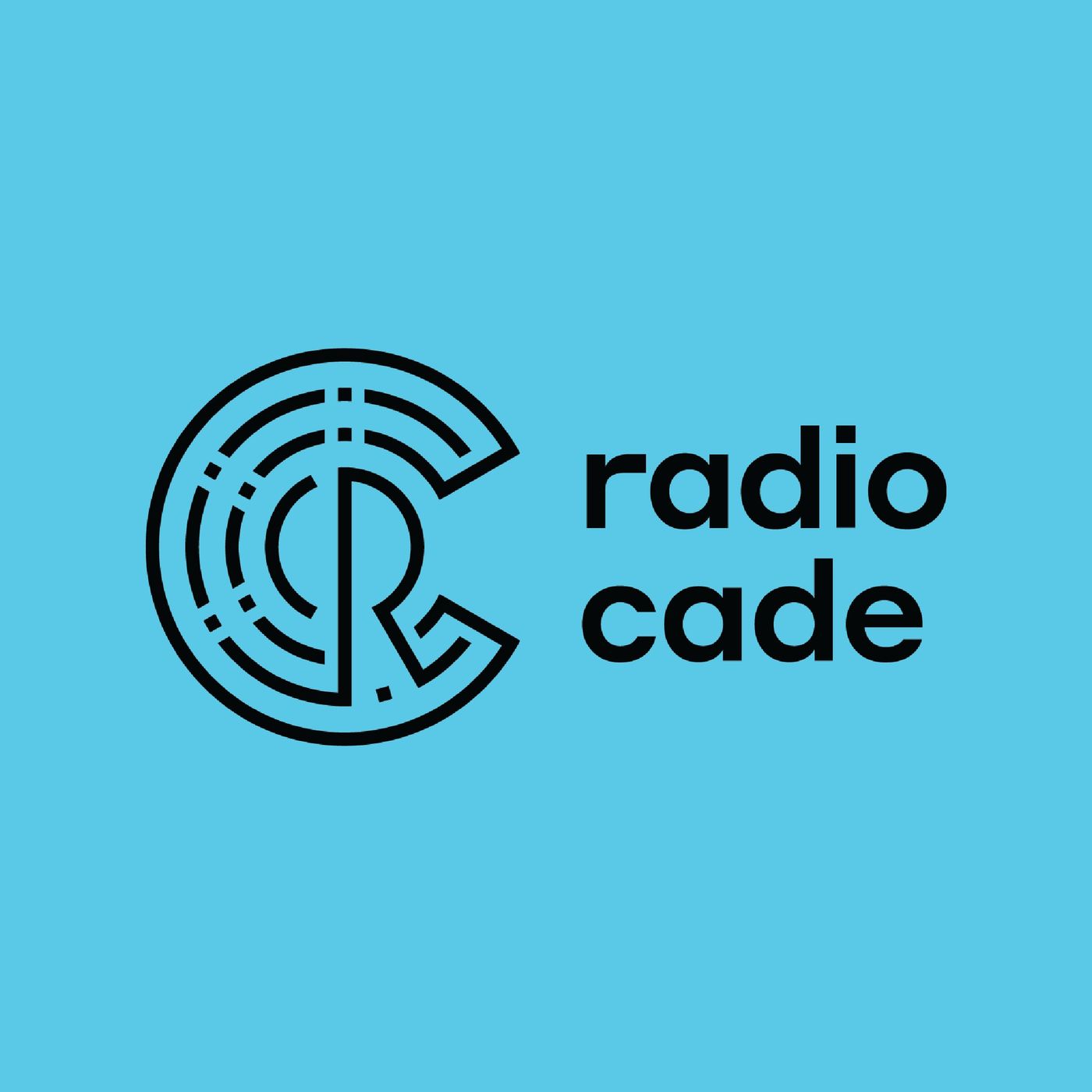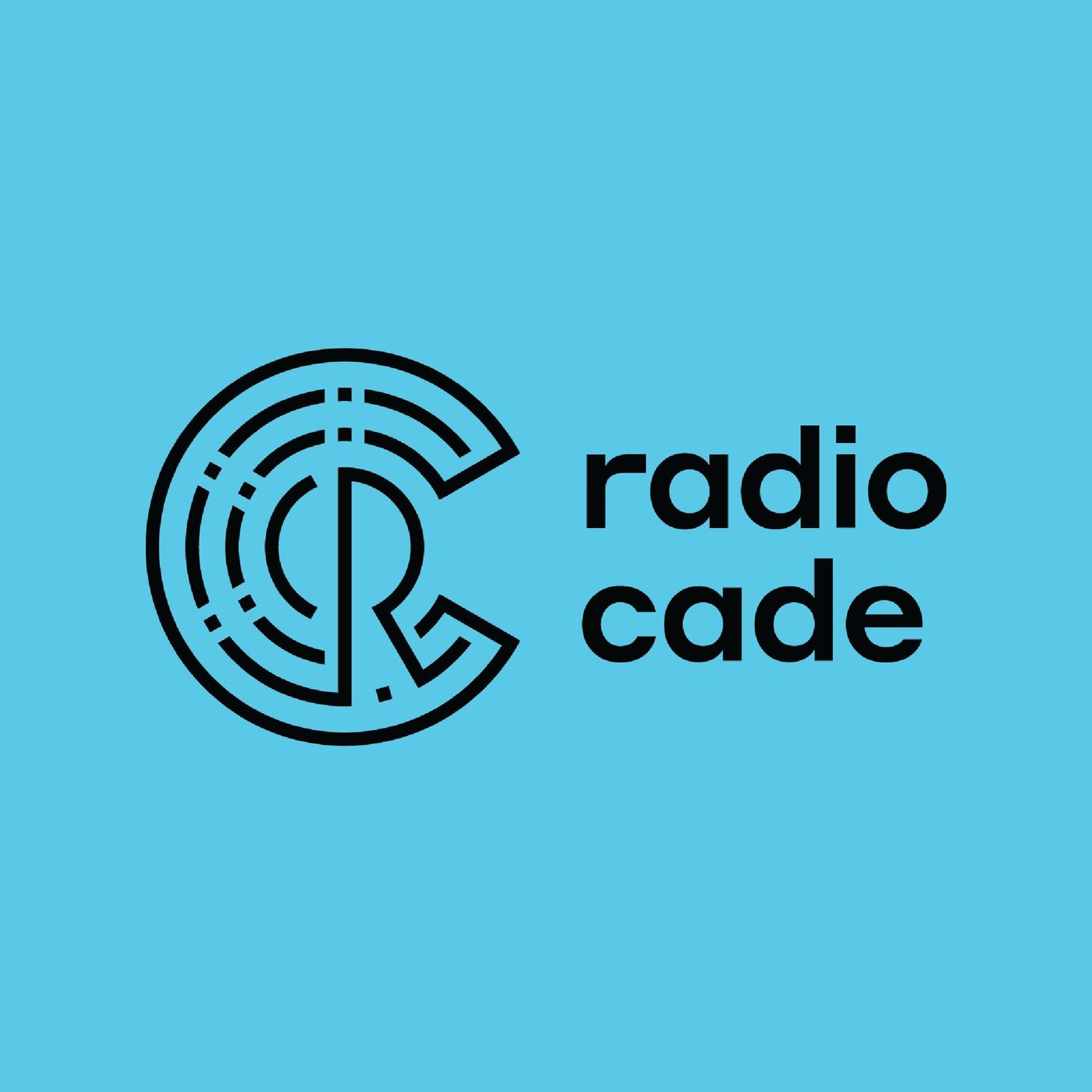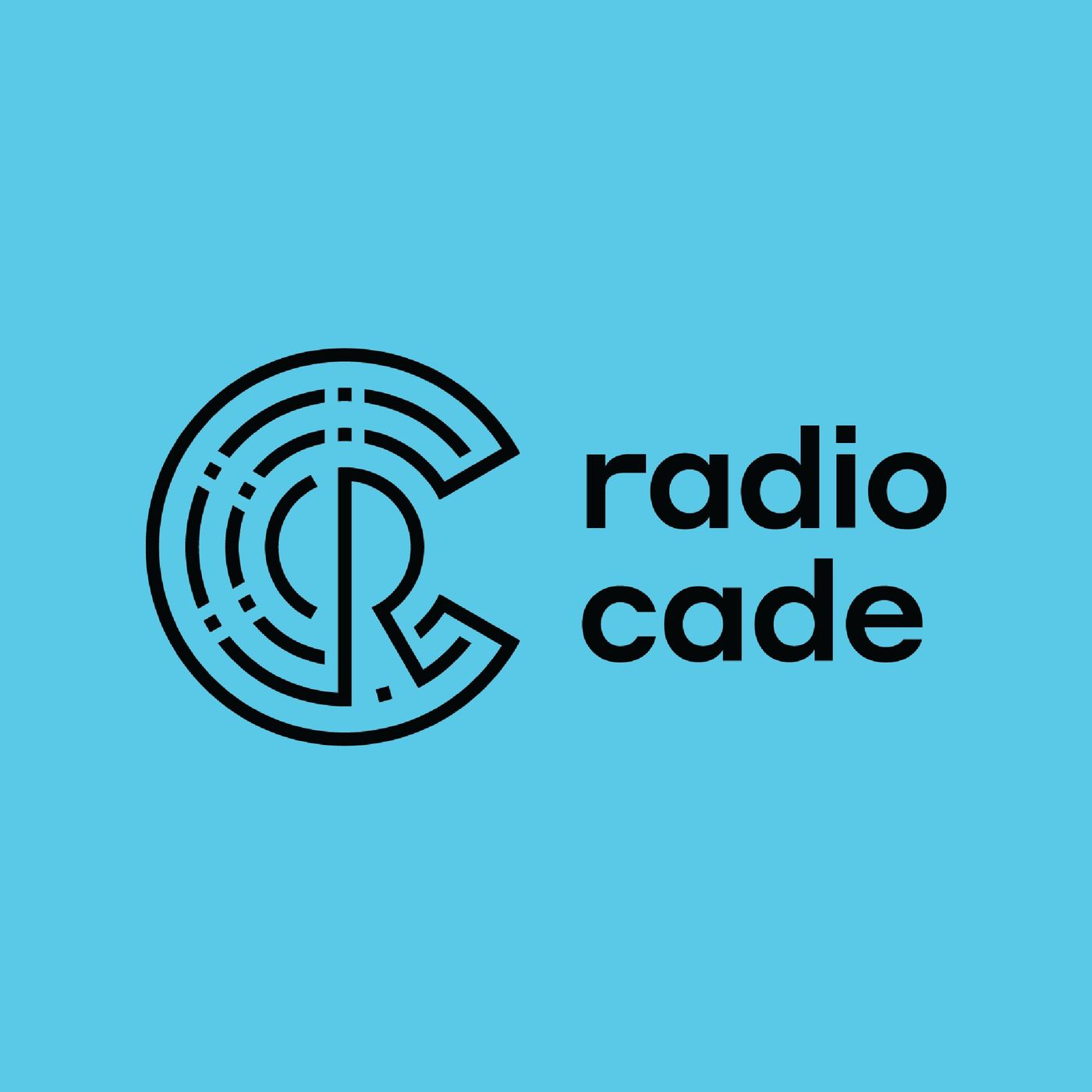Show Notes
A native of Bogota, Colombia, Dr. Juan Claudio Nino became infatuated with science and math as a young child. Gravitating to something “less nerdy” than physics, he chose to study mechanical engineering along with his best friend. It was a line from his professor that solidified his choice of study, “If you were to put a piece of steel into a grinding stone and paid attention to the sparks it generates, you could tell the amount of carbon content in that steel.”
Now delving into the land of Artificial Intelligence, Dr. Nino helped invent a microchip that operates like a brain. The chip consists of pathways that mimic electric pathways inside the actual brain.”
TRANSCRIPT:
Intro: 0:20
Inventors and their inventions. Welcome to Radio Cade, the podcast from the Cade Museum for Creativity and Invention in Gainesville, Florida. The museum is named after James Robert Cade who invented Gatorade in 1965. My name is Richard Miles. We’ll introduce you to inventors and the things that motivate them. We’ll learn about their personal stories, how their inventions work, and how their ideas get from the laboratory to the marketplace.
Richard Miles: 0:39
This morning we’re going to be talking about the brain again and my guest today on Radio Cade, Dr. Juan Claudio Nino. Welcome, Juan. So Juan, you’re originally from Bogota, Colombia. So before we talk about your research and the company and how you’re doing, what was it like growing up in Columbia? What were you like as a kid? What were your interests and sort of how did you gravitate towards the research you’re doing now?
Dr. Juan: 1:00
Sure. Thank you for having me. I was born in Colombia, in Bogota, and it was a very nice environment that we had. Early on, I was very interested in how things worked, so I would sometimes be very social, but a lot of times I would actually be mesmerized by things and be absorbed by whatever I was playing with, and fairly quickly I became very interested in math and sciences. My father was an engineer, a mechanical engineer, so he was also a professor or a teacher and I would always help him grading and just adding up the different questions and get a total for his exams early on and in school I also became very, I guess, infatuated with sciences and math. Our big influence of that was that the school itself essentially highlighted or promoted those students that were actually good academically basically And this was your score in Bogota? I did all the way to high school in and then my bachelor’s in Colombia. So essentially the school was a big influence in the sense that I guess the popular or the important or highlighted students were those academically. So I said, well, okay, let’s be good academically. That’s basically it. And again, my, my mom and my father also very diligent and responsible and so on. And so the combination of those two fairly quickly pointed me towards stem type of fields and I was going to go to physics, back to high school, going to college, but my best friend at the time said now physics is too nerdy if you will. Um, why don’t we do mechanical engineering?
Richard Miles: 2:58
Oh that’s definitely not nerdy, right?
Dr. Juan: 3:00
Exactly. It was I guess a sidestep there. So I did, I took multiple classes in, in Columbia, a bachelors is a five year program, so you’d take a lot of credits and I took four courses in materials and I did well but not as good as in my other classes. So I said, well I want to stick to this because I’m not quite good at it I guess. And materials was amazing. I had a, an excellent professor, Professor Tovar and it was very interesting. What really captured me was one session, it was part of a book, but obviously I heard it first from the professor. He was saying that if you were to put a piece of steel into a grinding stone and you pay attention to the sparks that it would generate, you could tell the amount of carbon content in that steel.
Richard Miles: 3:53
Just from the sparks.
Dr. Juan: 3:54
Just from the spark, and to me to this day, it’s so amazing. So if this part’s brighter or it flies further away from the polishing stone, you can compare two different steels and essentially magically without any additional tool, you can tell, oh this is 10 40 or a 10 20 which are denominations of steels. And to me that was fantastic. You could see something in let’s say iron, natural, real life with our senses and infer something that is atomistically how much carbon is there in a material. And from there I was obsessed with that. I wanted to know more of in material science, what we call structure property relationships. And that’s exactly what this was. I can tell how much amount of element is there is something by looking at its properties, in this case the sparkle. And from there I decided that I wanted to do a PhD in material science. I applied for a PhD in the US, which is sort of a typical path, if you will. If you want to do a PhD, you look north. It’s easier than to look towards Europe. And I applied to the top schools at the time. Some rejected me obviously because who is this guy from Colombia? And then Penn state gave me the chance, Professor Randall, and from there on I’d finished my PhD and I knew I wanted to be a professor. In fact, that’s what I did my PhD for is to be a professor and then came to Florida.
Richard Miles: 5:27
So now you’re working in artificial intelligence and how the brain processes information. So a bit of a switch there from it seems like from material science, maybe not.
Dr. Juan: 5:38
Well, yes, artificial intelligence may seem a bit off from what I usually do, it is precisely because I’m always open to new ideas and new things that we ended up working in this area. But it is also very materials related because the basis of what we’re doing in artificial intelligence is creating a new architecture or hardware where we have a new material. It’s called a memristor. It’s just a material that changes its resistance depending on the current or voltage that it has experienced in the past. So it’s almost like a memory resistance and that’s why we call it memristor. So it is some material that enables this new way of connecting information, if you will, and then is not just the material itself but how we process it. So while most of the AI applications you see today are either run on the cloud or running on servers, they’re not in your device. So for example, if you tried to use Siri or any other type of application like that, if you don’t have internet, Siri can not necessarily process where you’re trying to do, cannot access the information it needs to connect to the servers. What we’re trying to do is to create an on device, artificial intelligence chip. And for that it needs to be much more efficient than what it currently is.
Richard Miles: 7:16
Juan you mentioned that what you’re working on is so much similar to traffic flowing through a city down roads for traffic lights tell me exactly how that works.
Dr. Juan: 7:24
Yeah, so it’s on the basis of network architectures if you will. So the way the brain works and intelligent networks work is by parallel distribution, by having hubs that take care of certain processes before they communicate to either a larger hub or other centers. So an analogy that I like to use to explain a little bit of what we are doing is that of traffic. So if you’re in a small town, you have small roads that can connect you from any point A to point B within that small city, let’s say. And you can have multiple ways of going around. You can take main avenue or first, second, going east, west, whatever, and everybody has their favorite path, if you will. If you need to go between one city to another city, then you need to take the highway. So that’s a dedicated avenue for, higher volume, higher speed, and limits the amount of pathways. If you want to go from Gainesville to Orlando, it’s highly unlikely, you know, you’re not going to take the interstate, right? So we’re trying to do something similar with trying to create a network of conductors, if you will, that has this sort of what we call small world connectivity. That very quickly allows you to go from point a from point B within a small hub, but then fairly quickly and efficiently connect to a distant hub. Say you take the highway, you don’t go through small town to small town, to small town to eventually get to Orlando, let’s say. So we’re doing something like that. Part of the uniqueness of what we do is that we have this ability of creating this network that connects information, if you will, along the same ways like the roads do. And that means that we need a different way of connecting information and processing, meaning cars going faster and more efficiently from point A to point B or connecting point A to point B.
Richard Miles: 9:32
So this is really revolutionary, if I understand this correctly, because it seems like the direction that we’ve been going steadily is this increased connectivity and the necessity, as you said, to connect to the Internet in order to be able to pull all of that processing power. But now it seems like we can do that from a hardware based or if what you’re describing works that would lessen our dependence on networks. So are we going to eventually go back the other direction where everything is hardware based or is it still going to be some sort of residual capacity to do say processing on a small piece of hardware or will it still requires some degree of connectivity to the Internet.
Dr. Juan: 10:11
So there’s an obvious benefit to being able to connect to the web, to do data information or accessing rather than to store that on a chip. But the example of face recognition to unlock your cell phone that works without Internet. So there is an internal processor just to take care of that process, right? So if you make that more easily accessible, faster, less power consumption and that doesn’t need the Internet for other applications, then your reliance on connecting to the web is lower. So one example could be a device, like a cell phone that could be at a medical point of care and takes a picture of let’s say a disease expressing itself on the skin or something like that. And instead of having to do connect to the web to analyze it or to check with a database to see what are the potential illnesses or diseases, he can do it on the device. So if you think of low resource environments where connectivity to the web is not there, this could be one application. The interesting thing is that if we have these new, more powerful architecture, then everything else that we’re doing right now in artificial intelligence that connects to the web can also be executed. So it is revolutionary, but we don’t need to reinvent the wheel. We can adapt everything that we do in connected to the cloud or to the web, change the algorithms of course and do it on a chip. But there will always be a benefit to connecting to the Internet.
Richard Miles: 11:54
So I’m just guessing here, this sounds like it’s got some commercial potential and as you know, as everyone knows, good ideas don’t just sell themselves. So you have formed a company along with the Jack Kendall, the co-inventor of Rain Neuromorphics. Tell us a bit about how that’s been just forming a company and running the company and about getting this idea to market or attracting investors, that sort of thing. How has that path been?
Dr. Juan: 12:21
It’s been very interesting, humbling and complex, let’s put it that way. This is I think my fourth or fifth set of patents, but this is sort of the first one that has true traction and it all started with the usual path of an invention disclosure within the University, the OTL, Office of Technology Licensing. They do very good marketing approach to reach out to potential investors or technical people interested in the different patents. And on this one we got a call from an Australian investor, Gabriele Govinda and he liked that idea at the time was Jack and I and he gave us initial angel type of funding to start doing some work and we were able to get our wheels running and then later on our current CEO Gordon Wilson came in and taught us how to do it properly. So learning how to do a company when I’m a professor fully dedicated to research and Jack was just graduating with the brains of the operation being the CTO, Chief Technology Officer. But once Gordon came in, then we restructured. We are doing very well. We completed our series A of funding. We have moved this company to California and we have done a number of prototypes. We are also part of the Y Combinator program in California and the future is bright.
Richard Miles: 14:00
Juan is there a particular sector or application that you think will be the first to use the technology or apply it or at this point have you not decided or has the market not really figured out exactly how this would be used. Initially we,
Dr. Juan: 14:14
We have a number of avenues and strategies. One that we are looking at is a network of sensors because we have a low powers system that can communicate as needed. So for example, you could have the chip that is collecting data all the time, but it can process the data in real time. Then decide what information is worth sending out either as an alarm or an interesting point to actually transmit instant transmitting all the time. So that makes it an intelligent network. Robotics is a big area as well. And for finance, market prediction is quite relevant at this stage of the different prototypes that we have. We’re looking heavily at serious prediction and initial prototypes that will come commercially available will be sort of the stage of developer kits such that the AI community and different companies can start working on our hardware. And the reason I say that is because this new hardware needs new sets of algorithms. So I was talking earlier about adapting what we’re currently doing to this new hardware. So for that we all really need the help from other companies that are already working with all technology. Let’s say this new technology hardware wise and then adapting or blending what they’re doing on the cloud to not do it on the chip.
Richard Miles: 15:46
Juan, is this a crowded field right now the field of sensors using AI Algorithms to collect and transmit data. How many people are out there or entities that are doing this that you’re racing against the clock to get to market.
Dr. Juan: 15:59
So of course AI is very hot right now. Most of the investment and big buzz is on applications. So essentially there’s plenty of companies writing codes and using AI to solve xyz problem. We can do that. But our differentiator is precisely that or a game changer is the hardware we have a radically different design and architecture that can do the same that everybody else can do. And the companies that run these algorithms and solutions based on machine learning and artificial intelligence can use, and we have in house programmers and algorithm developers that can also do that, but we’re the only ones that have this chip. So that is the differentiator. But yeah, the area’s certainly quite hot and there’s lots of startups, lots of interests and investors, but we have traction precisely because we have a different hardware.
Richard Miles: 17:01
So Juan, thanks very much for walking me through that. One of the things I like best about this podcast is I get to ask really smart people to explain really difficult things for me, I feel like I’ve had a private tutorial session here, but thanks very much for being on the podcast and hope to have you back.
Dr. Juan: 17:15
Thank you so much.



